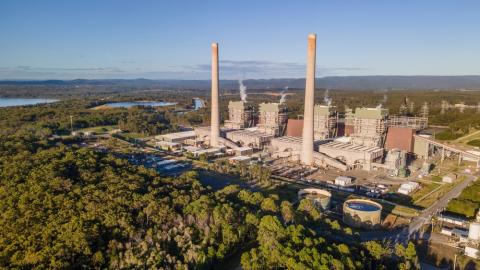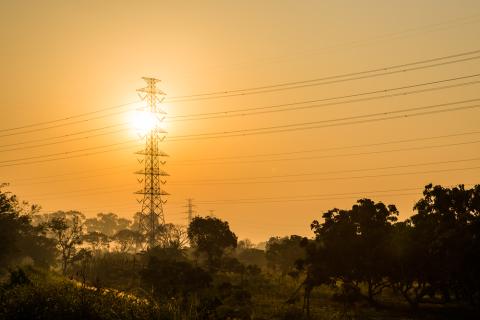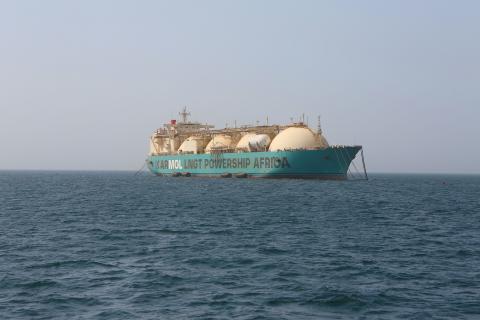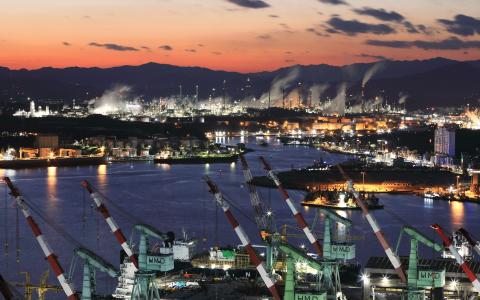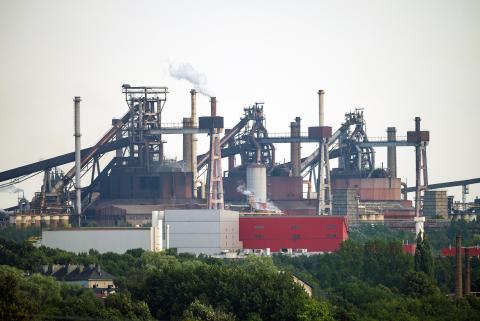Australia's gas-fired recovery under scrutiny
Download Full Report

Key Findings
Most gas- and coal-fired power plants in Australia, the UK, the U.S. and China are being operated less and less.
Gas-fired power plants in Australia are likely to be stranded assets into the future.
Investors take note: Capacity factor and LCOE analysis shows that investing in gas-fired projects does not make financial sense.
Executive Summary
The Australian government launched the country’s so-called gas-fired recovery in September 2020, suggesting gas was the “critical enabler of Australia’s economy”.
This briefing note looks at the stranded asset risks of this recovery plan.
From a financial perspective, the Australian government repeats a global modelling error.
From a financial perspective, the Australian government repeats a global modelling error by using patently optimistic assumptions of there being a ‘constant’ capacity factor of fossil-based power plants, one not supported by historic evidence.
IEEFA notes there has been a steady decline in the capacity factor of coal-fired power plants globally, and expects a similar trend going forward for gas-fired plants.
Using the misleading assumption of a constant capacity factor leads to an underestimation of the cost for each unit of electricity to be produced by a power plant throughout its lifetime - which is called the levelized cost of energy or LCOE.
The LCOE can be thought of as the average total cost of building and operating an asset per unit of total electricity generated over its assumed lifetime. The capacity factor - the estimation of the yearly amount of electricity likely to be produced by a power plant relative to its maximum electricity production capacity each year - is a critical element in calculating the LCOE.
These tools are commonly used for measuring the financial viability of energy assets. But are they based on accurate assumptions in order to provide the correct readings?
Leveraging an excellent report by RethinkX (led by leading Futurologist Tony Seba), IEEFA confirms that the LCOE of gas- and coal-fired power plants is being underestimated globally by energy authorities and financial institutions alike because they are basing calculations on the assumption that plants have a constant, high capacity factor overtime and will be able to successfully produce the same quantity of electricity each and every year throughout their life.
The utilisation rate of fossil fuel power plants are being over-estimated.
In fact, this constancy rarely occurs. What is constant is that the utilisation rate of fossil fuel power plants are being over-estimated, meaning LCOEs are materially understated.
Consistent with RethinkX, our evidence shows that globally, the capacity factor for coal-fired power plants has been in decline since the beginning of last decade, leading to an underestimation of LCOE.
For instance, the average capacity factor of Chinese coal power assets has been below 50% for the last five years, meaning China is now consistently building idle new coal-fired power plants. This does not add to global emissions but does leave many US$100bn of stranded coal assets in the making.
Likewise, the average utilisation rate of coal-fired power plants in India hit a decade-low in 2020/21 of just 53%, well below the 70-80% modelling assumption used to justify the final investment decision. This trend is reinforced by the ongoing deflation of Indian solar tariffs, which hit a record low of just Rs1.99/kWh (an LCOE of US$20/MWh) in December 2020, down 18% year-on-year.
Given the merit order dispatch system in electricity markets, a zero marginal cost of production once built, solar inevitably cannibalises the demand of high marginal cost coal-fired power plants during daylight operation.
The same story has been happening for gas-fired power plants in some parts of the world including Australia, and for projects yet to begin, it is forecasted that they will experience the same declining trend soon.
Assuming a constant and inflated capacity factor for fossil-fuelled power plants leads to an underestimated LCOE, and this in turn means that the underutilisation relative to expectations creates an overvaluation of fossil-based energy assets, another factor driving the surge in stranded fossil fuel assets globally.
Australian government investment in new gas-fired power plants assumes a constant capacity factor that both is higher than what will likely occur, and ignoring the likely declining capacity factor over time as demand response management, batteries and pumped hydro storage increasingly crowd out higher marginal cost gas generation.
An inaccurate estimate of LCOE for existing and new gas-fired power plants leads to the wrong conclusions in the investment community about the government’s panacea post-COVID: the ‘gas-fired recovery’. For example, the Kurri Kurri gas plant is expected to operate just 2.5% of the year, making cost-effective recovery prohibitively expensive for Australian electricity consumers.
We argue that the Australian government through its ‘gas-fired recovery’ is funding and encouraging investment in assets which are financially overvalued and likely to be stranded before they have even been built.
The assumption of a constant, high capacity factor should be revised in the face of a decade of global evidence in order to avoid financial overvaluation of fossil-based energy assets.
Investors should take note.



